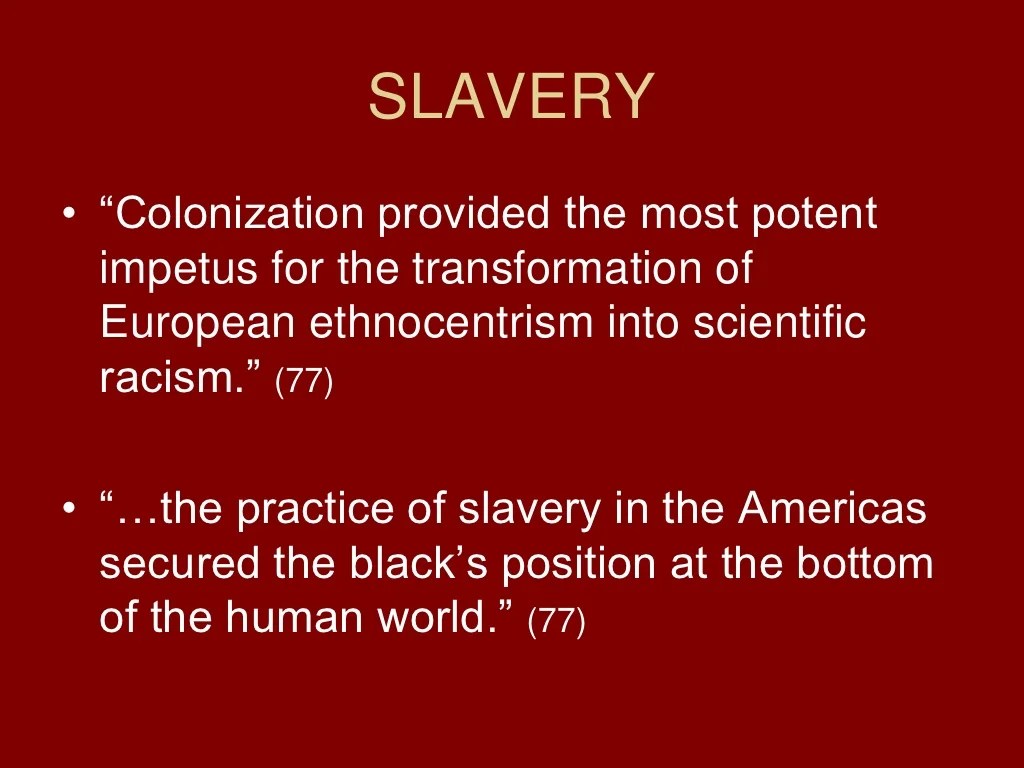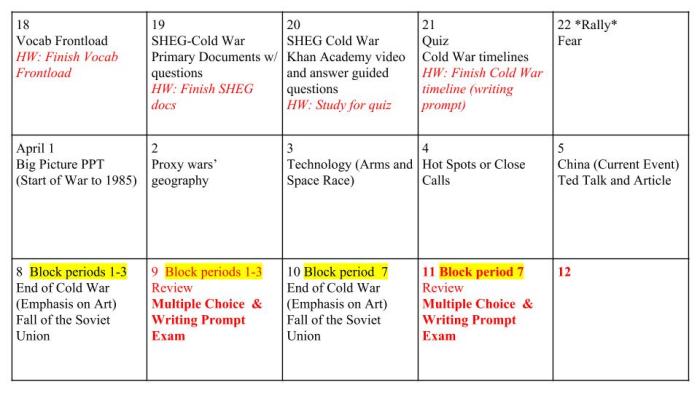Silencing the past chapter 1 summary – Silencing the Past: Chapter 1 Summary introduces a compelling exploration of the historical phenomenon of suppressing or erasing certain narratives. This insightful analysis delves into the motivations, methods, and consequences of silencing the past, shedding light on its profound impact on collective memory and historical accuracy.
Throughout history, societies have employed various strategies to suppress uncomfortable or inconvenient truths. From censorship and propaganda to the destruction of records and the manipulation of education, these methods have aimed to shape historical narratives and control the flow of information.
The consequences of silencing the past are far-reaching, leading to historical amnesia, distorted narratives, and a lack of critical thinking.
Silencing the Past: A Historical Perspective
The silencing of the past is a phenomenon that has occurred throughout history, driven by various motivations. It involves the suppression or erasure of certain narratives, events, or perspectives to control the collective memory and historical understanding.
Examples of past societies that have engaged in silencing the past include totalitarian regimes, authoritarian governments, and oppressive ideologies. These entities have employed various methods to achieve their goals, including censorship, propaganda, destruction of records, and manipulation of education.
The consequences of silencing the past are severe. It can lead to the loss of collective memory, the distortion of historical accuracy, and the creation of a false or incomplete understanding of the past. This can have a profound impact on individuals and society, as it undermines the ability to learn from history and make informed decisions about the present and future.
Methods of Silencing the Past

Various methods have been used to silence the past, each with its own effectiveness and consequences.
- Censorship:The suppression of information or ideas through legal or extra-legal means, preventing them from being disseminated or accessed.
- Propaganda:The deliberate dissemination of biased or misleading information to promote a particular narrative or ideology.
- Destruction of records:The physical or digital destruction of documents, artifacts, or other historical materials to eliminate evidence of past events or perspectives.
- Manipulation of education:The control of educational curricula and materials to shape historical narratives and exclude certain perspectives.
Impacts of Silencing the Past

The silencing of the past has far-reaching impacts on individuals and society.
- Psychological impacts:Silencing the past can lead to feelings of trauma, shame, and isolation among individuals who have experienced or witnessed historical injustices or atrocities.
- Social impacts:It can divide societies, create social unrest, and hinder reconciliation between different groups or communities.
- Political impacts:Silencing the past can be used to maintain power and control, suppress dissent, and justify ongoing injustices.
Resistance to Silencing the Past

Despite the efforts to silence the past, individuals and groups have resisted these attempts and fought to preserve and uncover historical truths.
- Truth-telling:Sharing personal experiences, testimonies, and historical evidence to challenge official narratives and expose hidden histories.
- Activism:Organizing protests, campaigns, and other forms of collective action to demand recognition of silenced voices and historical accountability.
- Historical research:Conducting research, documenting events, and publishing findings to counter distorted or incomplete historical accounts.
- Education:Developing educational programs and resources that promote critical thinking, historical accuracy, and the inclusion of diverse perspectives.
The Importance of Uncovering the Past: Silencing The Past Chapter 1 Summary

Uncovering and acknowledging the past, even if it is painful or uncomfortable, is essential for several reasons.
- Healing and reconciliation:Confronting the past can promote healing and reconciliation between individuals and communities, allowing for the acknowledgment of suffering and the building of a more just and equitable society.
- Historical accuracy:Uncovering the past helps to ensure that historical events are accurately documented and understood, preventing the distortion or erasure of history.
- Critical thinking:It encourages critical thinking and skepticism, enabling individuals to evaluate information critically and resist attempts at manipulation or propaganda.
User Queries
What are the primary methods used to silence the past?
Censorship, propaganda, destruction of records, and manipulation of education are common methods employed to suppress or distort historical narratives.
Why is it important to uncover and acknowledge the past?
Uncovering the past promotes healing, reconciliation, and a more accurate understanding of history. It also ensures that the voices of the silenced are heard and that historical truths are not forgotten.
What role does education play in countering silencing efforts?
Education is crucial for fostering critical thinking, promoting historical literacy, and ensuring that future generations are equipped to resist attempts to silence the past.




